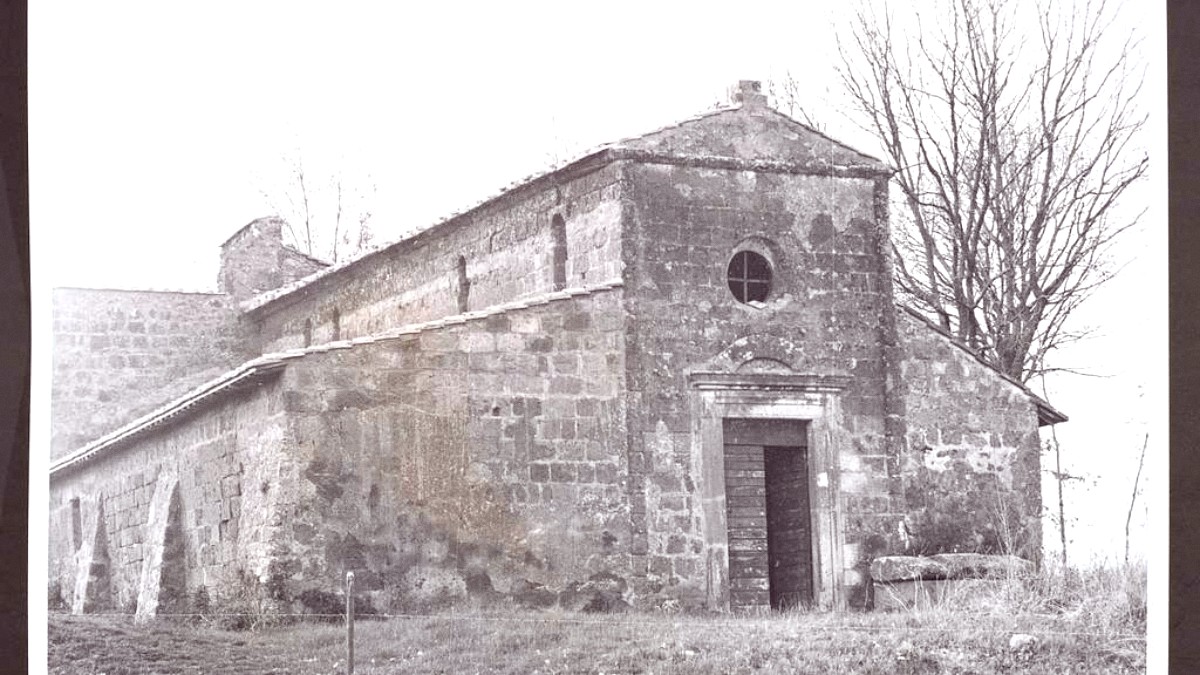
Lazio, Italy
Here, the everyday rhythms unfold against a backdrop of ancient walls and papal palaces. A calmness exists here, a quiet dignity that encourages deep exploration rather than rushed sightseeing. This city does not demand attention with flashing lights or modern clamor. Instead, it gently draws you in with its authentic charm, its genuine warmth, and the quiet power of its historical narrative.
Viterbo sits in the Lazio region of Central Italy, approximately 80 kilometers (50 miles) northwest of Rome. It holds the position of capital for the Province of Viterbo. The city's location places it at the foot of the Monti Cimini, a range of ancient volcanic hills.
The region where Viterbo sits is historically known as Tuscia, the ancient land of the Etruscans. This designation points to a deep historical lineage, predating Roman dominance. This geographical placement in a volcanic landscape means the area also benefits from rich, fertile soil, suitable for agriculture, and numerous thermal springs.
Viterbo possesses a rich history, tracing its origins back to Etruscan times. While Rome eventually absorbed the Etruscan civilization, their legacy persists in the region’s landscape. The city’s true prominence, however, grew significantly during the medieval period, transforming it into a major center of power and influence in Central Italy.
From 1257 to 1281, Viterbo served as a major papal residence. This period marked a remarkable chapter in the city's history, earning it the moniker "City of Popes" (Città dei Papi). During these decades, several papal elections, known as conclaves, took place in its Papal Palace. This era cemented Viterbo’s place in the annals of Christian history and shaped its urban fabric.
Evidence of ancient settlements.
1257-1281, hosted multiple conclaves.
Era of self-governance and unique civic identity.
Europe's most extensive medieval quarter.
Linked Rome and Tuscany.
Viterbo’s well-preserved medieval quarter, San Pellegrino, is one of the most extensive and historically significant in Europe. This district offers an unique window into medieval urban planning and daily life. Its narrow streets, external staircases (profferli), and charming courtyards reflect centuries of adaptation and continuity. San Pellegrino acts as a living museum, demonstrating architectural styles and social structures of a thriving ecclesiastical and commercial center.
This quarter survived numerous conflicts and changes, maintaining its original character. Exploring San Pellegrino feels like stepping directly into a medieval past, providing an authentic and immersive historical experience that few other places can match.
The city's strategic importance, its role as a papal seat, and its resilience through various historical epochs have collectively forged Viterbo's unique character. Its history informs its present, making every street, every building, and every local tradition a piece of a larger, captivating story.
The historical narrative makes Viterbo an absorbing place to discover.
The city is renowned for its remarkably intact medieval architecture, a feature that distinguishes it from many other Italian towns. The Palazzo dei Papi, or Papal Palace, serves as a testament to Viterbo's papal past. This impressive 13th-century Gothic structure once housed popes and cardinals, hosting pivotal conclaves.
Beyond its medieval core, Viterbo is famous for its thermal springs. Terme dei Papi, or "Popes' Baths," is the most prominent thermal facility. These natural springs, especially the Bullicame spring, have been utilized since Etruscan and Roman times for their therapeutic properties. The waters, rich in sulfur and other minerals, draw visitors seeking relaxation and wellness treatments.
A grand 13th-century Gothic structure, pivotal in papal history.
Ancient thermal springs offering relaxation and wellness.
Gateway to Etruscan ruins, Renaissance villas, and volcanic lakes.
Viterbo presents itself as more than just a single city; it acts as a central point from which to discover an entire, historically rich, and naturally stunning region of Italy. It offers a travel experience that combines history lessons with opportunities for relaxation and adventure.